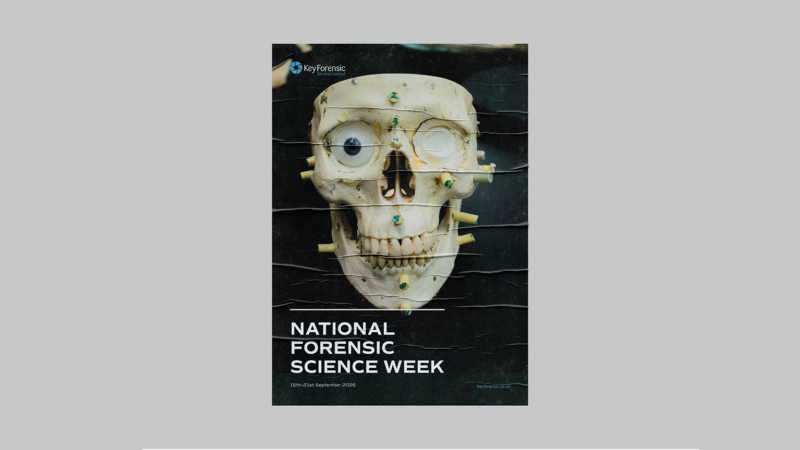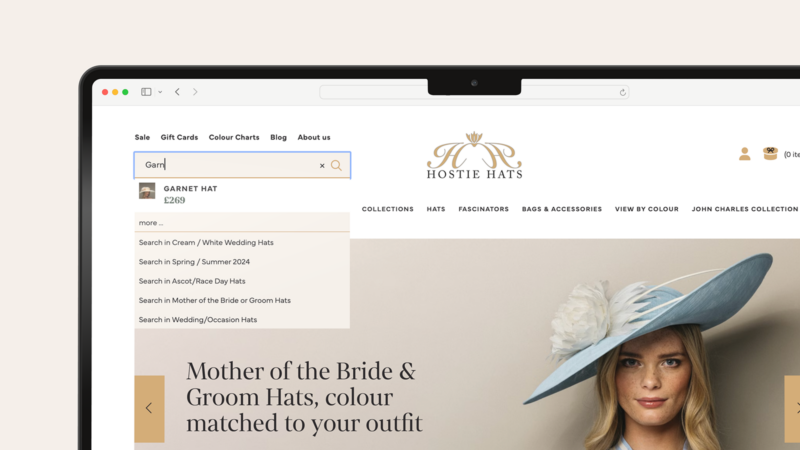
Brands that continue to market aggressively in a recession usually are in a stronger position afterwards is the message, but this isn’t a typical recession.
We all pray for the V-shaped post-lockdown economic revival, but there’s still much uncertainty about this happening amid the lay-offs, furloughing and hushed fears of a second wave.
“If there isn’t demand, then no amount of advertising can boost sales.” — Archie Norman, Chairman, M&S
A recession doesn’t usually come with entire sectors such as events and hospitality shuttering for months, or the restrictions on movement, face-to-face contact and reduced admission into physical locations. All of which further hobble business activity and recovery.
A typical recession also doesn’t come with the sheer amount of adaptation and diversification that the present crisis has demanded either. Many businesses have had to realise their formerly hazy, sometime-never flexible working plans almost overnight, and many non-digital brands have had to formulate a digital or distanced offering at a similar breakneck speed.
Even so, if demand for your brand’s offering is significantly down or restricted, perhaps to nearly (or even actually) zero, what do you do with the precious marketing resources you do have?
There is a strong argument for significantly reappropriating marketing spend to internal communications instead of using it all to fruitlessly ‘keeping your name out there’ and seeing your budget evaporate.
As always, your staff are the living embodiment of your brand. The clarity in your internal communications, now and as people return to work, will have a massive impact on what shape your brand is in, and what your customer experience is like when demand returns.
What form these internal communications take will depend on the brand and how it has been affected by the crisis, but likely themes will include:
- What measures are we taking to ensure your safety?
- What measures are we taking to ensure business continuity?
- Open and frank company-wide discussions and strategy sessions to allow people to share their experiences and thoughts from the last few months
- A State of the Nation summary – where are we? What did we learn? What positives can we keep long-term? What change is needed to get back on track? What is your role in this?
- Why were you furloughed when others weren’t? How do we regain your confidence that you are still valued?
- How can we reintroduce furloughed and non-furloughed staff into the same workplace frictionlessly?
- Has your role or working arrangements changed permanently? Why was this necessary?
The temptation is to hold off until it feels like the crisis is over to do your meaningful internal communications; the stuff that’s bigger than Zoom quizzes and sweetie hampers, as a sort of collective sigh of relief. But embracing the challenge now, even if you don’t have all the answers, will help ensure your brand’s internal integrity is as healthy as possible when the phone starts ringing again.
For examples of our internal communications work see our projects for Interflora and Vera Wang.
Image courtesy of Jon Tyson






